Why Intent Recognition Matters for Customer Satisfaction
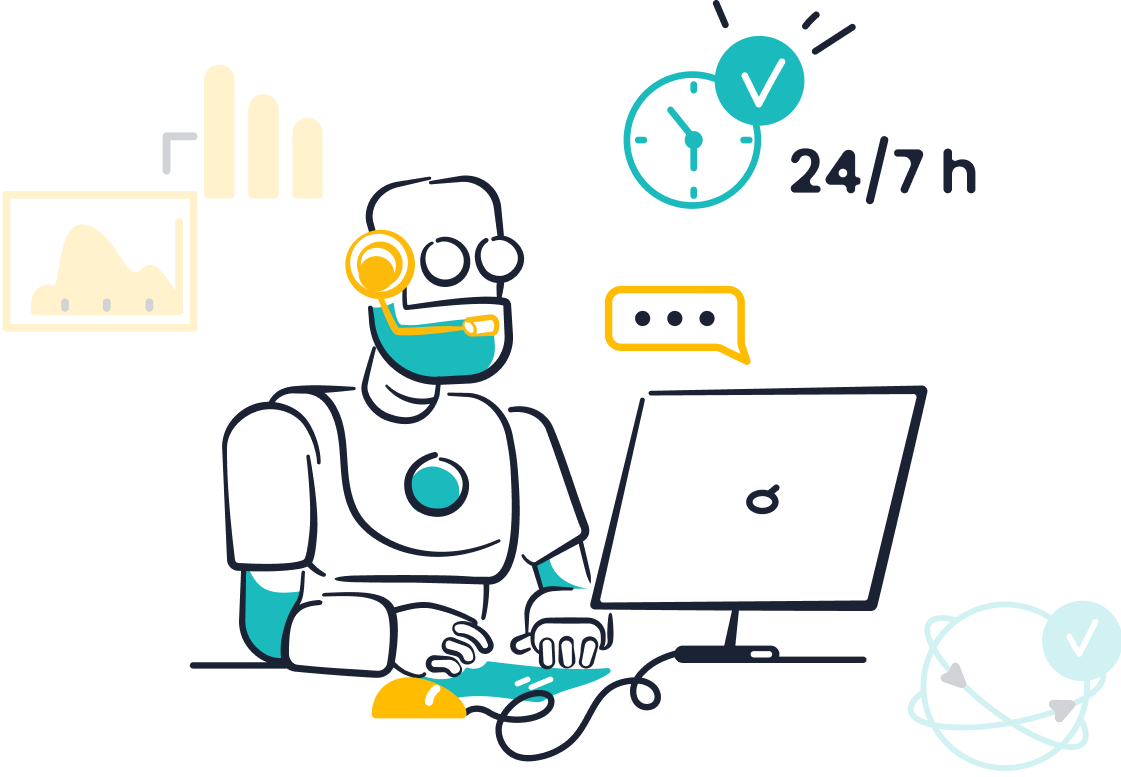
Understanding what your customers truly want is the key to delivering exceptional experiences. Intent recognition empowers you to decode their needs and respond with precision. Imagine reducing response times by 50%—this is the power of intent recognition. Faster replies mean happier customers, as they no longer endure long waits.
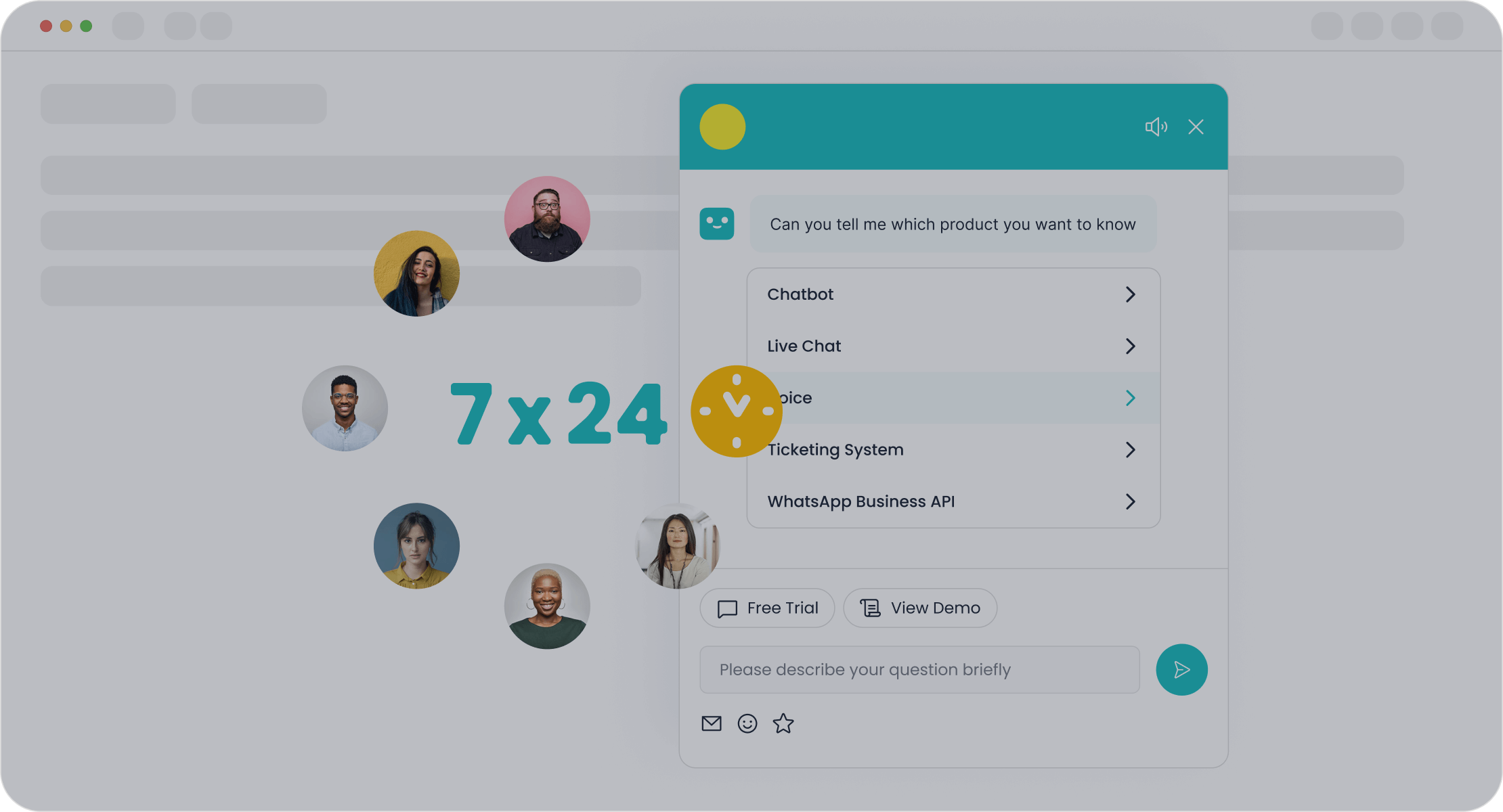
Sobot’s advanced AI solutions, like its chatbot, make this possible. By identifying customer intents in real time, you can create meaningful interactions that build trust and loyalty. When you meet expectations effortlessly, satisfaction becomes the norm.
What Is Intent Recognition and Its Role in Customer Engagement?
Defining Intent Recognition
The concept of intent in customer interactions
Intent recognition is the process of understanding the purpose behind a customer’s words or actions. It involves analyzing their input—whether it’s a question, a request, or feedback—to uncover their true needs. For example, when a customer says, “I need help with my order,” the intent is likely to seek assistance with tracking or resolving an issue. By identifying this intent, you can respond with precision and empathy.
This technology, powered by artificial intelligence (AI) and natural language processing (NLP), enables businesses to engage in meaningful conversations. It’s not just about answering questions; it’s about understanding the “why” behind them. This deeper connection transforms interactions into opportunities to build trust and loyalty.
How intent recognition transforms traditional customer service
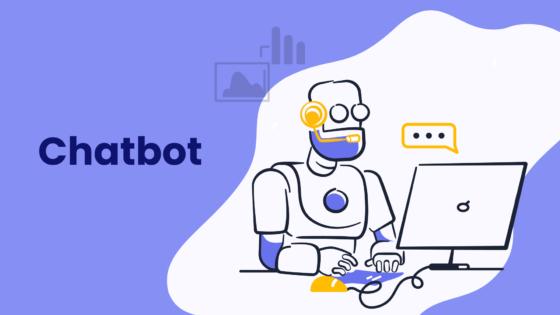
Traditional customer service often relies on scripted responses and manual processes. Intent recognition changes the game by automating the understanding of customer needs. AI tools like Sobot’s Chatbot can instantly identify intents, such as making a purchase or providing feedback, and deliver tailored responses.
This shift reduces response times and eliminates the frustration of repetitive queries. For instance, Sobot’s Chatbot operates 24/7, ensuring customers always receive timely assistance. By combining speed with accuracy, intent recognition elevates the customer experience and sets a new standard for engagement.
The Importance of Intent Recognition in Business
Bridging customer expectations with business responses
Customers today expect fast, accurate, and personalized service. Intent recognition bridges this gap by aligning your responses with their expectations. It predicts needs, resolves issues proactively, and ensures every interaction feels seamless.
For example, research shows that intent recognition reduces response times by 50%, leading to higher satisfaction. It also frees up your team to focus on complex issues, optimizing resource allocation. This balance between automation and human touch creates a win-win scenario for both you and your customers.
Enhancing customer engagement through personalized communication
Personalization is the cornerstone of effective engagement. Intent recognition allows you to tailor responses to each customer’s unique needs. Whether they’re seeking information, making a purchase, or sharing feedback, you can provide solutions that resonate.
AI-driven tools like Sobot’s Chatbot excel in this area. By analyzing customer intents in real time, they deliver responses that feel personal and relevant. This approach not only deepens engagement but also fosters long-term loyalty. When customers feel understood, they’re more likely to return and recommend your brand.
Types of Customer Intents and Their Impact on Customer Satisfaction
Informational Intents
Addressing customer queries effectively
When customers reach out, they often seek answers to specific questions. These informational intents are opportunities to provide clarity and build trust. By addressing these queries effectively, you can ensure customers feel valued and understood.
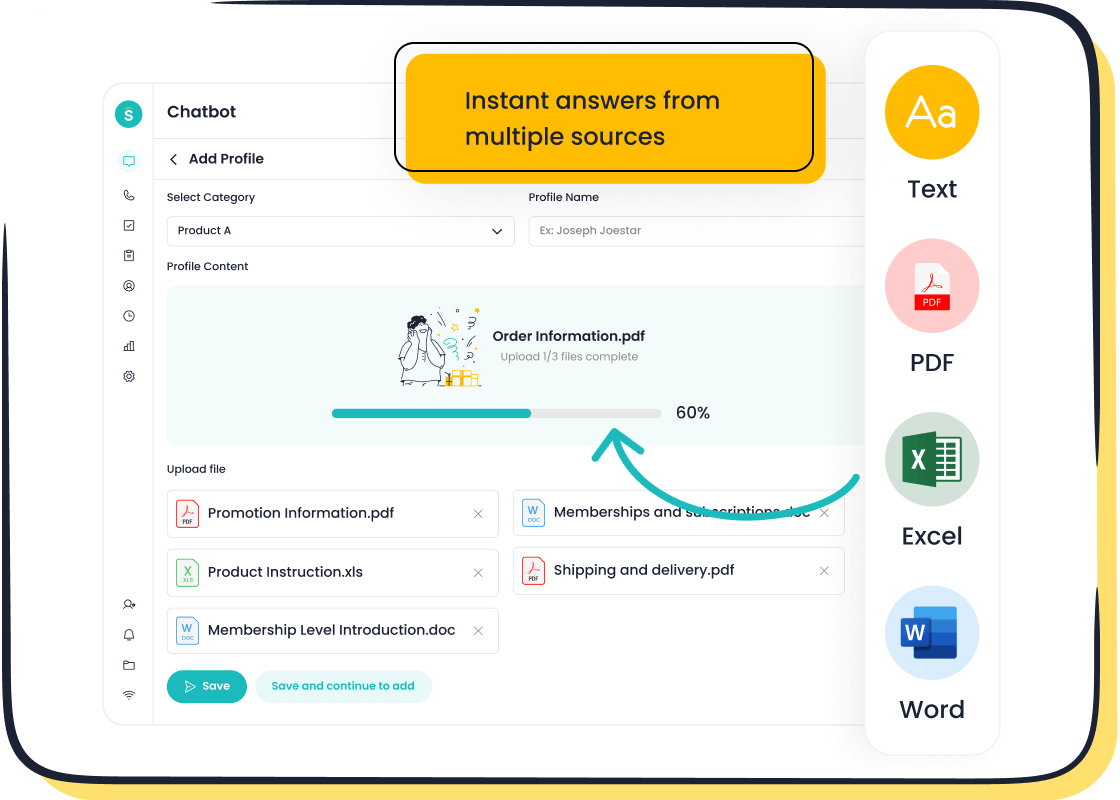
Automated intent recognition plays a crucial role here. It identifies user intent instantly, enabling tools like Sobot’s chatbot to deliver accurate responses. For example, when a customer asks, “What are your shipping options?” the chatbot can provide detailed information without delay. This efficiency improves first-call resolution rates, reduces average handling time, and boosts customer satisfaction scores. A study even found that automated intent detection systems significantly enhance these metrics, proving the value of addressing informational intents.
Examples of informational intents in customer service
Informational intents often include questions like:
- “What are your business hours?”
- “How do I reset my password?”
- “Can you explain your return policy?”
Sobot’s chatbot excels in handling such queries. Its AI-powered knowledge base ensures customers receive instant, accurate answers, even during peak hours. This capability not only saves time but also enhances the overall customer experience.
Transactional Intents
Streamlining purchase-related interactions
Transactional intents revolve around actions like making a purchase or tracking an order. Recognizing these intents quickly ensures a seamless experience for your customers. Intent recognition simplifies these interactions by automating routine tasks, allowing your team to focus on more complex issues.
Performance metrics highlight the impact of intent recognition on transactional interactions:
| Performance Metric | Impact on Customer Interactions |
|---|---|
| Reduced Response Times | Customers experience quicker resolutions, leading to higher satisfaction. |
| Improved Customer Satisfaction | Customers feel valued and understood, enhancing their overall experience. |
| Enhanced Agent Performance | Agents are more confident and effective, resulting in better service delivery. |
| Optimized Resource Allocation | Routine inquiries can be automated, allowing agents to focus on complex issues. |
How Sobot's Chatbot simplifies transactional intents

Sobot’s chatbot streamlines transactional intents effortlessly. It assists customers with tasks like order tracking, payment processing, and appointment scheduling. Its real-time intent recognition ensures every interaction feels smooth and efficient. This approach not only saves time but also boosts conversions by 20%, making it a valuable tool for businesses.
Feedback Intents
Leveraging customer feedback for service improvement
Feedback intents provide a goldmine of insights. When customers share their opinions, they reveal areas where you can improve. By recognizing these intents, you can act on feedback promptly, showing customers that their voices matter.
AI-driven intent recognition enhances this process. It analyzes feedback patterns to identify recurring themes, helping you address pain points effectively. This proactive approach improves customer satisfaction and fosters loyalty.
Using AI intent recognition to analyze feedback patterns
AI tools like Sobot’s chatbot excel at analyzing feedback. They detect user intent in real time, categorizing comments into actionable insights. For instance, if multiple customers mention delays in delivery, the system flags this issue for immediate attention. This capability not only optimizes resource allocation but also personalizes customer interactions, creating a more tailored experience.
How AI Intent Recognition Works in Modern Customer Service
The Role of Natural Language Processing (NLP)
How NLP deciphers customer language
Natural Language Processing (NLP) is the backbone of AI intent recognition. It enables machines to understand and interpret human language with remarkable accuracy. When a customer types or speaks, NLP breaks down the input into smaller components, such as words and phrases, to identify patterns and meanings. This process allows AI to grasp the intent behind a query, whether it’s a request for assistance or feedback.
For example, NLP can distinguish between “I need help with my order” and “I want to place an order,” ensuring the right response every time. This precision reduces misunderstandings and enhances the overall customer experience. By leveraging NLP, tools like Sobot’s chatbot can provide instant, accurate replies, making interactions seamless and efficient.
Applications of NLP in Sobot's Chatbot
NLP powers Sobot’s chatbot to deliver exceptional service. It automates responses to common queries, saving time for both you and your customers. Beyond this, it excels in sentiment analysis, which monitors customer reviews and social media to detect dissatisfaction early.
- NLP helps reduce costs by automating routine tasks, allowing your team to focus on complex issues.
- It ensures proactive management of complaints, improving customer satisfaction.
- In industries like legal services, NLP has proven to cut time and expenses significantly.
With these capabilities, Sobot’s chatbot transforms customer interactions into meaningful engagements.
Machine Learning in Intent Recognition
Training AI models to identify customer intents
Machine learning is the engine that drives AI intent recognition. It trains AI models to identify patterns in customer interactions, enabling them to predict and understand intents with increasing accuracy. By analyzing vast amounts of data, these models learn to differentiate between various intents, such as informational, transactional, or feedback-related.
This continuous learning process ensures that AI becomes smarter over time. For instance, Sobot’s chatbot uses machine learning to refine its responses, ensuring they remain relevant and accurate. Businesses leveraging this technology experience faster response times and improved customer engagement, as inquiries are directed to the right department or agent effortlessly.
Continuous learning for improved accuracy
AI intent recognition thrives on continuous learning. As the system processes more interactions, it adapts and improves. This iterative process enhances accuracy, ensuring that even nuanced customer intents are identified correctly.
Statistics show that machine learning algorithms significantly boost intent recognition accuracy. This improvement translates into quicker, more precise responses, which elevate customer satisfaction and foster loyalty. With tools like Sobot’s chatbot, you can harness this power to deliver exceptional service consistently.
Integration with Customer Service Tools
Sobot's Chatbot and its role in intent-based automation
Sobot’s chatbot seamlessly integrates with your customer service tools, automating intent recognition to streamline operations. It predicts customer needs, prioritizes urgent requests, and routes them to the appropriate team. This proactive approach ensures timely, relevant responses, enhancing satisfaction.
For example, Sobot’s chatbot automates routine tasks like order tracking and appointment scheduling. This efficiency allows your agents to focus on complex issues, optimizing resource allocation. By tailoring responses to specific customer needs, the chatbot creates a personalized experience that builds trust and loyalty.
Real-time intent analysis in customer support centers
Real-time intent analysis revolutionizes customer support. It enables you to prioritize support requests based on urgency, ensuring critical issues are addressed promptly. AI intent recognition also automates routing, directing inquiries to the right team without delay.
- Improved response times reduce wait times, boosting satisfaction.
- Personalized recommendations enhance engagement and loyalty.
- Automated processes lower costs, making support more efficient.
With Sobot’s chatbot, you can achieve these benefits effortlessly. Its real-time intent analysis empowers your team to deliver exceptional service, even during peak hours.
Benefits of Intent Recognition for Businesses
Enhancing Efficiency
Reducing response times with AI-driven tools
Intent recognition revolutionizes how you handle customer interactions. By automating the identification of customer needs, AI tools like Sobot’s chatbot reduce average response times by 50%. This speed ensures your customers receive timely assistance, eliminating long wait times that often lead to frustration.
For example, when a customer asks about order tracking, Sobot’s chatbot instantly identifies the intent and provides accurate updates. This efficiency not only enhances customer satisfaction but also optimizes your team’s workload. Faster responses mean your agents can focus on more complex issues, improving overall productivity.
Automating repetitive tasks using intent recognition
Repetitive queries, such as password resets or shipping details, consume valuable time. Intent recognition automates these tasks, allowing your team to concentrate on high-value interactions. Sobot’s chatbot excels in this area by handling routine inquiries 24/7, saving up to 40% on operational costs.
This automation doesn’t just save time—it also ensures consistency. Customers receive accurate, standardized responses every time, which builds trust and reliability. By streamlining repetitive tasks, you create a more efficient and customer-focused operation.
Improving Customer Satisfaction
Delivering personalized and relevant responses
Personalization is the key to winning your customers’ hearts. Intent recognition enables you to deliver personalized responses tailored to their specific needs. For instance, Sobot’s chatbot uses real-time intent analysis to provide relevant solutions, whether a customer is making a purchase or seeking support.
This approach fosters enhanced customer engagement. When customers feel understood, they’re more likely to stay loyal to your brand. Personalized responses also improve satisfaction by addressing concerns directly and effectively.
Building trust and loyalty through better communication
Trust grows when communication feels genuine and empathetic. Intent recognition bridges the gap between customer expectations and your responses. By understanding their needs, you can offer proactive issue resolution, showing customers that their concerns matter.
For example, AI tools like Sobot’s chatbot analyze feedback patterns to identify recurring issues. Addressing these proactively demonstrates your commitment to improvement, which strengthens loyalty. Customers who trust your brand are more likely to recommend it, driving long-term success.
Enabling Scalability
Managing high volumes of customer interactions seamlessly
As your business grows, so does the volume of customer inquiries. Intent recognition ensures you can handle this influx without compromising quality. Sobot’s chatbot manages high volumes effortlessly, automating routine tasks and prioritizing urgent issues.
This scalability reduces average handle times and improves efficiency. For example, during peak shopping seasons, OPPO used Sobot’s solutions to achieve an 83% chatbot resolution rate, ensuring seamless service even under pressure.
Supporting global operations with multilingual intent recognition
Global businesses face the challenge of serving diverse customers. Multilingual intent recognition solves this by enabling communication in multiple languages. Sobot’s chatbot supports over 50 languages, ensuring every customer feels valued, no matter where they are.
This capability enhances customer satisfaction by breaking language barriers. It also allows you to expand your reach, supporting operations across different regions. With tools like Sobot’s chatbot, you can scale your business while maintaining exceptional service quality.
Real-World Applications of Intent Recognition in Customer Service
E-commerce Platforms
Using intent recognition to recommend products
Intent recognition transforms how you recommend products to your customers. By analyzing browsing habits and purchase history, it aligns suggestions with their preferences. This approach simplifies decision-making and enhances the shopping experience. For instance, recommendation engines powered by machine learning improve over time, offering increasingly relevant suggestions. They also customize product listings based on location, displaying local currency and shipping fees.
These tools eliminate the need for complex search filters, making it easier for customers to navigate large catalogs. Personalization ensures that every recommendation feels tailored, increasing the likelihood of a purchase. With intent recognition, you can create a seamless journey that keeps customers coming back.
Streamlining the checkout process with AI tools
A smooth checkout process is vital for customer satisfaction. Intent recognition simplifies this by automating tasks like payment processing and order confirmation. AI tools identify transactional intents in real time, ensuring customers complete their purchases without unnecessary steps.
For example, when a customer adds items to their cart, the system can proactively suggest payment options or apply discounts. This reduces friction and speeds up the process. By streamlining checkout, you not only enhance the user experience but also boost conversion rates.
Customer Support Centers
Sobot's Chatbot resolving common queries with intent analysis
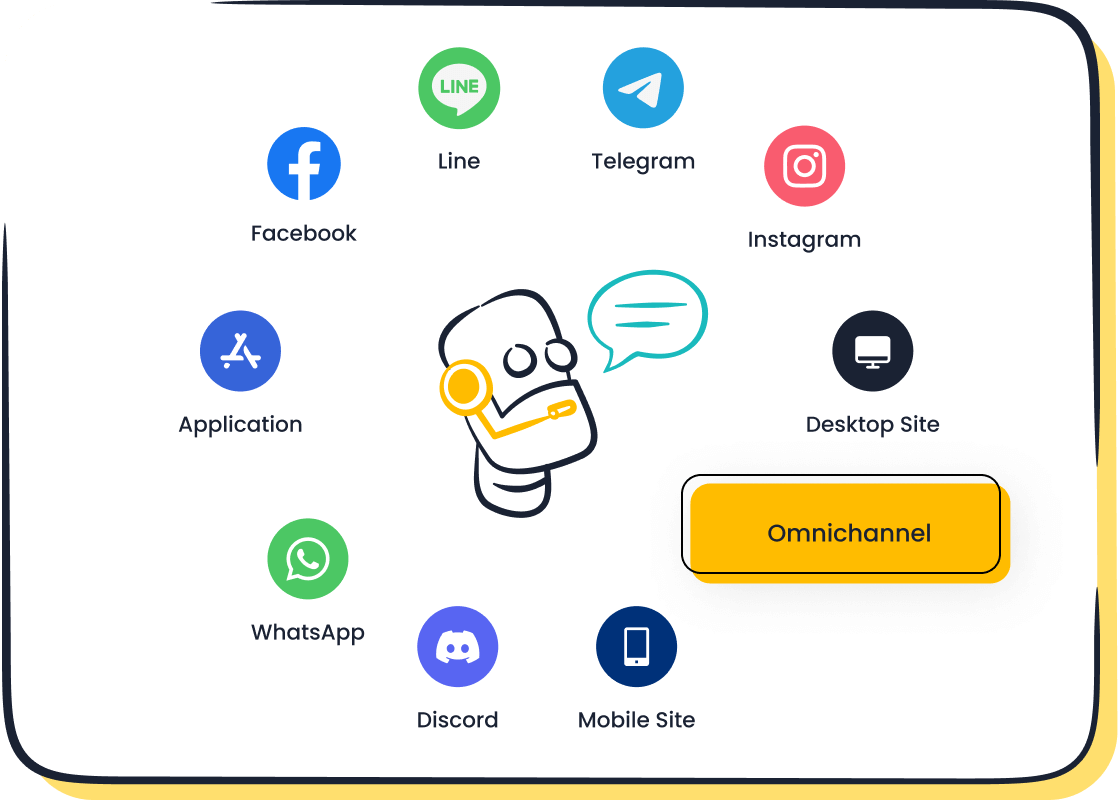
Customer support centers often face repetitive queries. Sobot’s chatbot uses intent recognition to resolve these efficiently. It identifies customer needs instantly, providing accurate responses without human intervention.
Metrics highlight its impact:
| Metric | Description |
|---|---|
| First Call Resolution Rate | Reflects how effectively intents are identified and resolved on the first contact. |
| Customer Satisfaction Scores | Measures how well the system understands and addresses customer needs. |
| Average Handling Time | Demonstrates the speed of identifying and resolving customer queries. |
By automating routine tasks, Sobot’s chatbot ensures streamlined customer support while freeing agents to handle complex issues.
Prioritizing urgent issues in call centers using intent detection
Intent recognition helps you prioritize urgent customer issues. Real-time analysis detects critical intents, such as complaints or service disruptions, and routes them to the appropriate team. This ensures timely resolution and improves satisfaction.
For example, when multiple customers report a similar issue, the system flags it as high priority. This proactive approach minimizes delays and enhances trust in your support services.
Financial Services
Identifying fraudulent activities through intent patterns
In financial services, intent recognition plays a crucial role in fraud detection. By analyzing patterns in customer interactions, it identifies suspicious activities. For instance, unusual requests for account access or changes in transaction behavior can trigger alerts.
This proactive monitoring protects your customers and builds confidence in your services. Intent recognition ensures that potential threats are addressed before they escalate, safeguarding both your business and your customers.
Enhancing customer onboarding with intent-driven workflows
Onboarding new customers can be complex. Intent recognition simplifies this by guiding them through the process step by step. AI tools identify their needs, whether it’s setting up an account or understanding product features, and provide tailored assistance.
For example, when a customer asks about account setup, the system offers relevant resources or connects them with a representative. This personalized approach reduces onboarding time and ensures a positive first impression.
Intent recognition is your gateway to delivering exceptional customer experiences. By understanding what your customers truly need, you can provide personalized solutions that leave a lasting impression. Imagine the possibilities—faster responses, happier customers, and stronger loyalty. Tools like Sobot’s chatbot make this vision a reality by combining advanced AI with real-time insights.
As technology evolves, intent recognition will redefine how you engage with your customers. It’s not just a tool; it’s a strategy for building trust and fostering long-term relationships. Start leveraging it today to transform your customer service into a competitive advantage.
FAQ
How does intent recognition improve customer satisfaction?
Intent recognition helps you understand customer needs instantly. By delivering personalized responses, it reduces frustration and builds trust. For example, Sobot’s chatbot uses real-time intent analysis to resolve queries faster, boosting satisfaction rates by up to 94%.
Can intent recognition handle multilingual customer interactions?
Yes, tools like Sobot’s chatbot support over 50 languages. This feature ensures seamless communication with customers worldwide, breaking language barriers and enhancing satisfaction. Multilingual intent recognition is ideal for businesses with global operations.
Is intent recognition suitable for small businesses?
Absolutely! Intent recognition tools like Sobot’s chatbot are scalable and cost-effective. They automate repetitive tasks, saving time and reducing costs by up to 50%. Small businesses can deliver exceptional service without hiring additional agents.
How does Sobot’s chatbot use intent recognition?
Sobot’s chatbot identifies customer intents in real time. It automates responses to routine queries, prioritizes urgent issues, and provides personalized solutions. This approach improves efficiency, boosts conversions by 20%, and enhances customer satisfaction.
What industries benefit the most from intent recognition?
Intent recognition benefits industries like retail, financial services, and gaming. For example, OPPO used Sobot’s solutions to achieve an 83% chatbot resolution rate during peak shopping seasons, improving customer satisfaction and repurchase rates.
See Also
Comparative Analysis of Leading Customer Feedback Tools
Enhancing Online Shopping Experience with Chatbot Technology
Ten Strategies to Improve Live Chat Customer Experience
Best Customer Feedback Solutions to Consider in 2024
Increasing Operational Efficiency with AI Customer Support Tools
